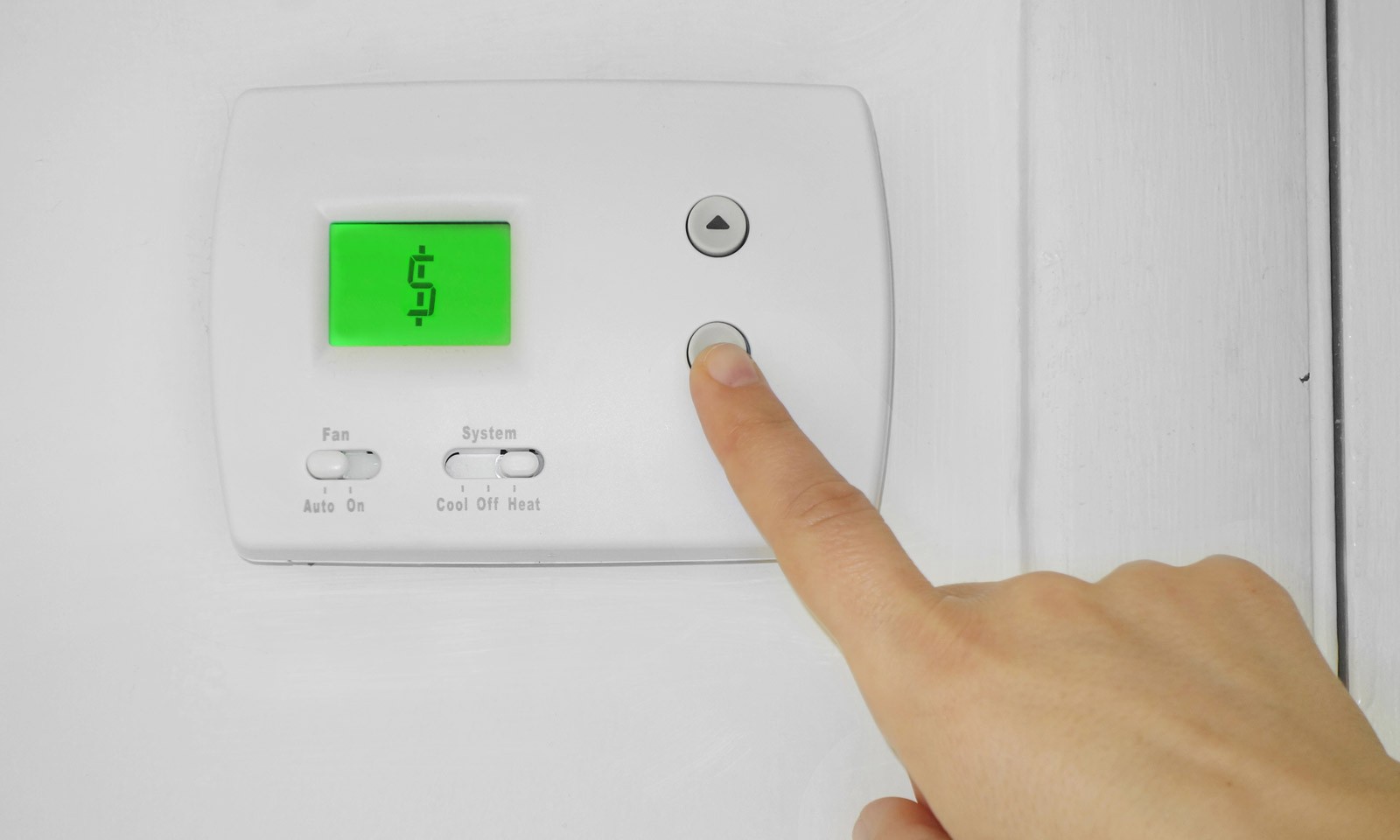

Articles
How Much Does An AC Cost To Run
Modified: January 19, 2024
"Discover the average cost of running an AC unit and learn how to save money on your energy bills with our informative articles."
(Many of the links in this article redirect to a specific reviewed product. Your purchase of these products through affiliate links helps to generate commission for Storables.com, at no extra cost. Learn more)
Introduction
When it comes to staying cool during the hot summer months, an air conditioner (AC) is a lifesaver. However, along with the comfort it provides, there is also the concern of the running cost. How much does it actually cost to run an AC? This is a question that many homeowners ponder before turning on their cooling systems. Understanding the factors that affect AC running costs and learning how to estimate and reduce those costs can help you make informed decisions and save money in the long run.
Before we dive into the details, it’s important to note that the cost of running an AC can vary significantly based on various factors. These factors include the size and energy efficiency of the AC unit, the local electricity rates, the climate in which you live, and your personal usage habits. However, by gaining insight into these factors, you can estimate the running cost of your AC and take steps to minimize it.
In this article, we will explore the key factors that affect AC running costs, how to estimate the electricity cost for AC usage, and provide some tips for reducing those costs. So, let’s get started and unravel the mysteries behind the cost of running an air conditioner.
Key Takeaways:
- Understanding the factors that affect AC running costs, such as energy efficiency, climate, and usage habits, can help homeowners make informed decisions and potentially save money in the long run.
- By estimating the electricity cost for AC usage and implementing energy-saving tips, homeowners can effectively manage and reduce the running costs of their air conditioner, leading to both financial savings and environmental benefits.
Read more: How Much Does A Fan Cost To Run
Factors Affecting AC Running Cost
Several factors can influence the running cost of an air conditioner. Understanding these factors can help you make informed decisions when it comes to purchasing and using your AC unit. Let’s take a closer look at some of the key factors:
- Energy Efficiency Rating (EER): The EER of an AC unit is a measure of its energy efficiency. AC units with a higher EER rating consume less energy to produce the same cooling output. Investing in an energy-efficient AC unit can result in significant long-term savings on your energy bills.
- Size and Cooling Capacity: The size of an AC unit is determined by its cooling capacity, measured in British Thermal Units (BTUs). An oversized unit may cycle on and off more frequently, leading to increased energy consumption and higher costs. On the other hand, an undersized unit may struggle to cool the space efficiently, leading to longer run times and higher energy usage.
- Climate and Insulation: The temperature and humidity levels in your region impact the amount of work your AC unit has to do to maintain a comfortable indoor environment. Additionally, the insulation in your home plays a crucial role in retaining cool air. A well-insulated home requires less energy to cool, resulting in lower running costs.
- Thermostat Settings and Usage Habits: Your thermostat settings and usage habits can significantly impact the running cost of your AC. Setting the thermostat at an optimal temperature and avoiding extreme temperature changes can help reduce energy consumption. Additionally, taking advantage of natural ventilation and using ceiling fans can help supplement the cooling provided by your AC unit.
- Local Electricity Rates: The cost of electricity varies from one location to another. Higher electricity rates will naturally result in higher running costs for your AC unit. Understanding the electricity rates in your area can help you estimate the financial impact of running your air conditioner.
These factors interact with each other and can have a cumulative effect on your AC’s running cost. It’s essential to consider them all when evaluating the overall cost of operating your air conditioner. By taking these factors into account, you can make informed decisions about your cooling needs and potentially save money in the long run.
Energy Consumption of AC Units
The energy consumption of an air conditioner is a crucial aspect to consider when estimating its running cost. AC units consume electricity to cool the air and maintain a comfortable indoor temperature. Understanding the energy consumption of AC units can help you gauge their efficiency and make more informed choices. Let’s delve into the details.
The energy consumption of an AC unit is typically measured in terms of its cooling capacity, measured in BTUs (British Thermal Units), and its energy efficiency rating (EER). The EER is the ratio of the cooling output to the energy input, expressed in BTUs per watt. A higher EER rating indicates greater energy efficiency, meaning the unit can deliver more cooling for the same amount of electricity consumed.
The cooling capacity of an AC unit corresponds to its ability to remove heat from an enclosed space. It is measured in BTUs per hour (BTU/h). The higher the cooling capacity, the faster and more effectively the AC can cool the room.
It is important to note that the energy consumption of an AC unit is not constant throughout its operation. The cooling load, which is the amount of heat that needs to be removed from a space, fluctuates depending on factors such as outdoor temperature, insulation, and the size of the space being cooled. As a result, the energy consumption of an AC unit can vary throughout the day.
Another factor that affects energy consumption is the type of AC unit. Window units, central air conditioning systems, and ductless mini-split systems each have their own energy efficiency levels and energy consumption rates. Central air conditioning systems tend to consume more energy due to their size and the need to cool an entire house, while ductless mini-split systems offer more control over individual room temperatures, potentially leading to energy savings.
To get a better understanding of the energy consumption of an AC unit, it is recommended to refer to the EnergyGuide label or the manufacturer’s specifications. These will provide information on the EER rating, cooling capacity, and estimated annual energy consumption of the unit.
By considering the energy consumption of AC units, you can compare different models, choose more energy-efficient options, and estimate the running cost of your air conditioner more accurately. This knowledge can help you make well-informed decisions regarding your cooling needs and potentially save money on your energy bills in the long run.
Consider investing in an energy-efficient AC unit to reduce running costs. Regular maintenance, proper insulation, and using a programmable thermostat can also help lower energy consumption.
Estimating Electricity Cost for AC Usage
Estimating the electricity cost for AC usage is essential for budgeting and understanding the financial impact of running your air conditioner. By considering factors such as electricity rates and the energy consumption of your AC unit, you can get a better idea of how much it will cost to keep your home cool. Here’s how you can estimate the electricity cost for AC usage:
Step 1: Determine the energy consumption of your AC unit: Refer to the manufacturer’s specifications or the EnergyGuide label to find the energy consumption rating of your AC unit. This rating is usually given in watts or kilowatts (kW) and indicates the power consumption of the unit when operating.
Step 2: Calculate the AC’s hourly energy consumption: Multiply the energy consumption rating of your AC unit by the number of hours you anticipate running the AC each day. This will give you the hourly energy consumption in kilowatt-hours (kWh).
Step 3: Determine the local electricity rate: Contact your utility provider or check your electricity bill to find the cost per kilowatt-hour (kWh) for your area. This is the rate at which you will be charged for the electricity consumed by your AC unit.
Step 4: Calculate the daily electricity cost: Multiply the hourly energy consumption of your AC unit by the number of hours you plan to run it each day. Then, multiply this value by the local electricity rate per kilowatt-hour. This will give you the daily electricity cost of running your AC.
Step 5: Calculate the monthly or annual electricity cost: To find the monthly electricity cost, multiply the daily electricity cost by the number of days you expect to run your AC each month. For the annual cost, multiply the monthly cost by 12.
It’s important to note that this is an estimate, as energy consumption can vary based on factors such as thermostat settings, insulation, and local climate conditions. Additionally, electricity rates may fluctuate over time. However, by following these steps, you can get a rough idea of the electricity cost associated with running your air conditioner.
Keep in mind that there are ways to reduce your AC’s energy consumption and, consequently, the electricity cost. Implementing energy-saving practices such as using a programmable thermostat, maintaining proper insulation, and regular AC maintenance can help optimize your AC’s efficiency and lower your energy bills.
By estimating the electricity cost for AC usage, you can better manage your cooling expenses and make informed decisions about your usage patterns, leading to potential savings in the long run.
Tips for Reducing AC Running Costs
Although air conditioning provides much-needed relief during hot summer months, the cost of running an AC can add up quickly. Fortunately, there are several practical tips you can follow to reduce your AC’s running costs without sacrificing comfort. Here are some effective strategies:
- Set Your Thermostat Efficiently: Adjusting your thermostat by just a few degrees can make a significant difference in energy consumption. Set your thermostat to the highest temperature that still keeps you comfortable. Consider using a programmable thermostat to automatically adjust the temperature when you’re away from home.
- Utilize Natural Ventilation: Take advantage of cooler evening and early morning temperatures by opening windows and allowing fresh air to circulate. Use fans to promote better airflow and create a cross-breeze within your home.
- Maintain Proper Insulation: Ensure your home is properly insulated to prevent cool air from escaping and warm air from entering. Seal gaps around windows, doors, and other potential sources of air leakage. Insulate your attic, walls, and floors to regulate indoor temperatures more efficiently.
- Keep Windows and Curtains Closed: During the hottest parts of the day, close windows and curtains to prevent heat from entering your home. This will reduce the strain on your AC unit and help maintain a cooler indoor temperature.
- Use Fans to Supplement Cooling: Ceiling fans or portable fans can create a breeze that makes you feel cooler without lowering the temperature of the entire room. Use fans in conjunction with your AC to circulate cool air and make the space more comfortable.
- Regularly Maintain Your AC Unit: Clean or replace air filters regularly to ensure optimal airflow and energy efficiency. Keep the exterior unit free from debris and vegetation to promote proper airflow. Consider scheduling annual professional maintenance to identify and address any issues that may impact your AC’s performance.
- Consider Timer Settings: If your AC unit has a timer feature, use it to set specific times for the AC to turn on and off. This can help you avoid running the AC when it’s not needed and save energy.
- Create Shade: Use outdoor shading options such as awnings, shades, or trees to block direct sunlight from entering your home. This can significantly reduce the amount of heat that penetrates your living spaces and lessen the workload on your AC.
- Cook and Use Appliances Wisely: During hot days, minimize the use of heat-generating appliances such as ovens, stoves, and dryers. Instead, opt for cooler cooking methods like grilling or using a slow cooker. Use your dishwasher and laundry machines during off-peak hours to avoid adding extra heat to your home.
- Consider Energy-Efficient AC Upgrades: If your current AC unit is outdated or inefficient, investing in a newer, more energy-efficient model can lead to long-term savings. Look for units with high SEER (Seasonal Energy Efficiency Ratio) ratings and energy-saving features to maximize efficiency and reduce energy consumption.
By implementing these tips, you can lower your AC’s running costs while still enjoying a cool and comfortable living environment. Each small change can contribute to significant savings over time, making a positive impact on both your wallet and the environment.
Read more: How Much Does It Cost To Run A Dishwasher
Conclusion
The cost of running an air conditioner is a common concern for homeowners, but by understanding the factors that affect AC running costs and implementing energy-saving strategies, you can effectively manage and reduce those costs. From considering the energy efficiency of AC units to estimating electricity costs and adopting smart cooling practices, every step counts in optimizing your AC’s performance and minimizing your environmental impact.
The energy consumption of AC units, influenced by factors such as size, energy efficiency, climate, and usage habits, plays a significant role in determining running costs. By choosing an energy-efficient AC unit, properly sizing it for your space, and considering local climate conditions and insulation, you can make a substantial difference in energy consumption and cost savings.
Estimating the electricity cost for AC usage allows you to plan your budget accordingly and make informed decisions about cooling your home. By understanding your AC unit’s energy consumption and the local electricity rates, you can estimate the daily, monthly, and annual costs of using your air conditioner.
Additionally, implementing tips for reducing AC running costs can help you achieve even greater savings. Adjusting thermostat settings, utilizing natural ventilation, maintaining proper insulation, using fans to supplement cooling, and practicing smart appliance usage are all effective ways to reduce energy consumption without sacrificing comfort.
In conclusion, by considering these factors, estimating electricity costs, and implementing energy-saving strategies, you can effectively manage the running costs of your air conditioner. Taking a proactive approach to optimize energy efficiency not only benefits your wallet but also helps reduce carbon emissions and conserve natural resources. So, take control of your AC usage, make informed decisions, and enjoy a cool, comfortable, and cost-effective living space.
Frequently Asked Questions about How Much Does An AC Cost To Run
Was this page helpful?
At Storables.com, we guarantee accurate and reliable information. Our content, validated by Expert Board Contributors, is crafted following stringent Editorial Policies. We're committed to providing you with well-researched, expert-backed insights for all your informational needs.
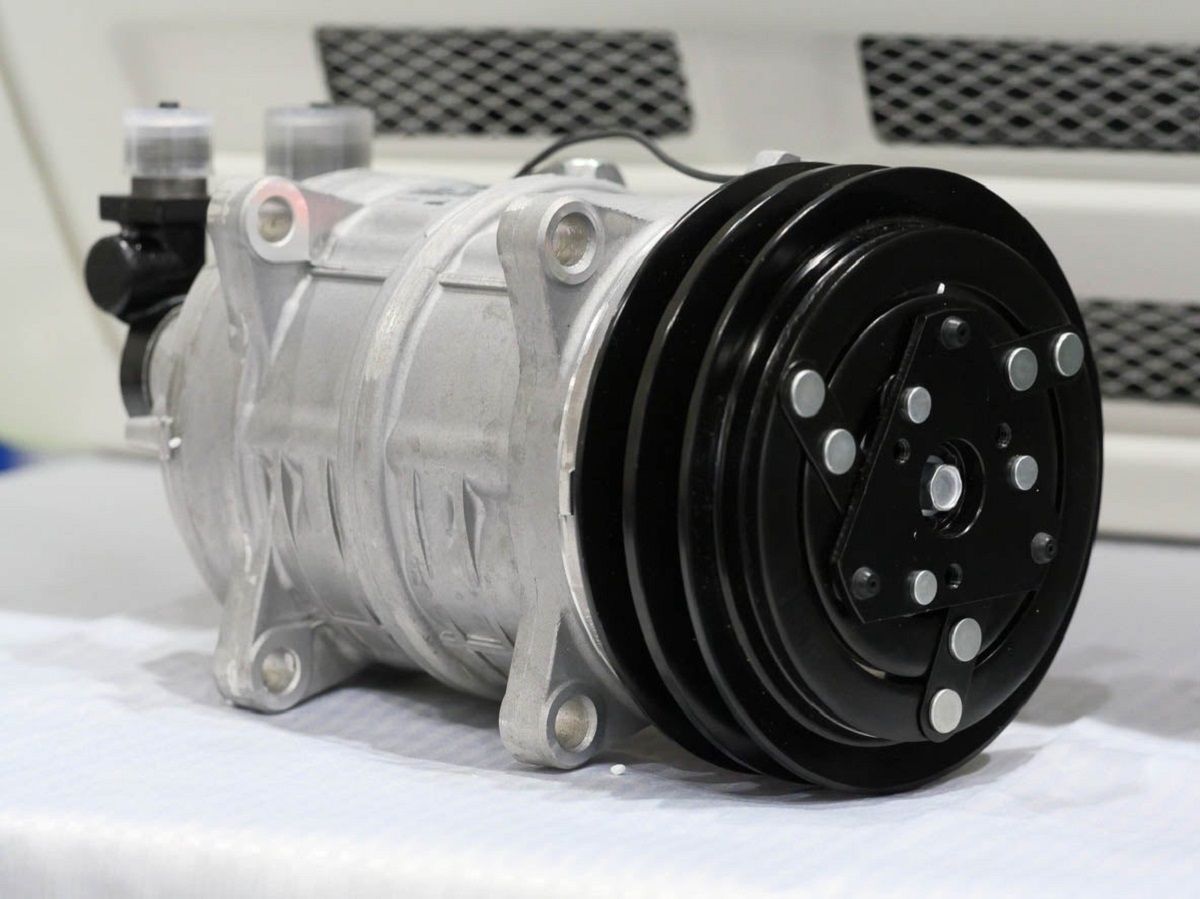
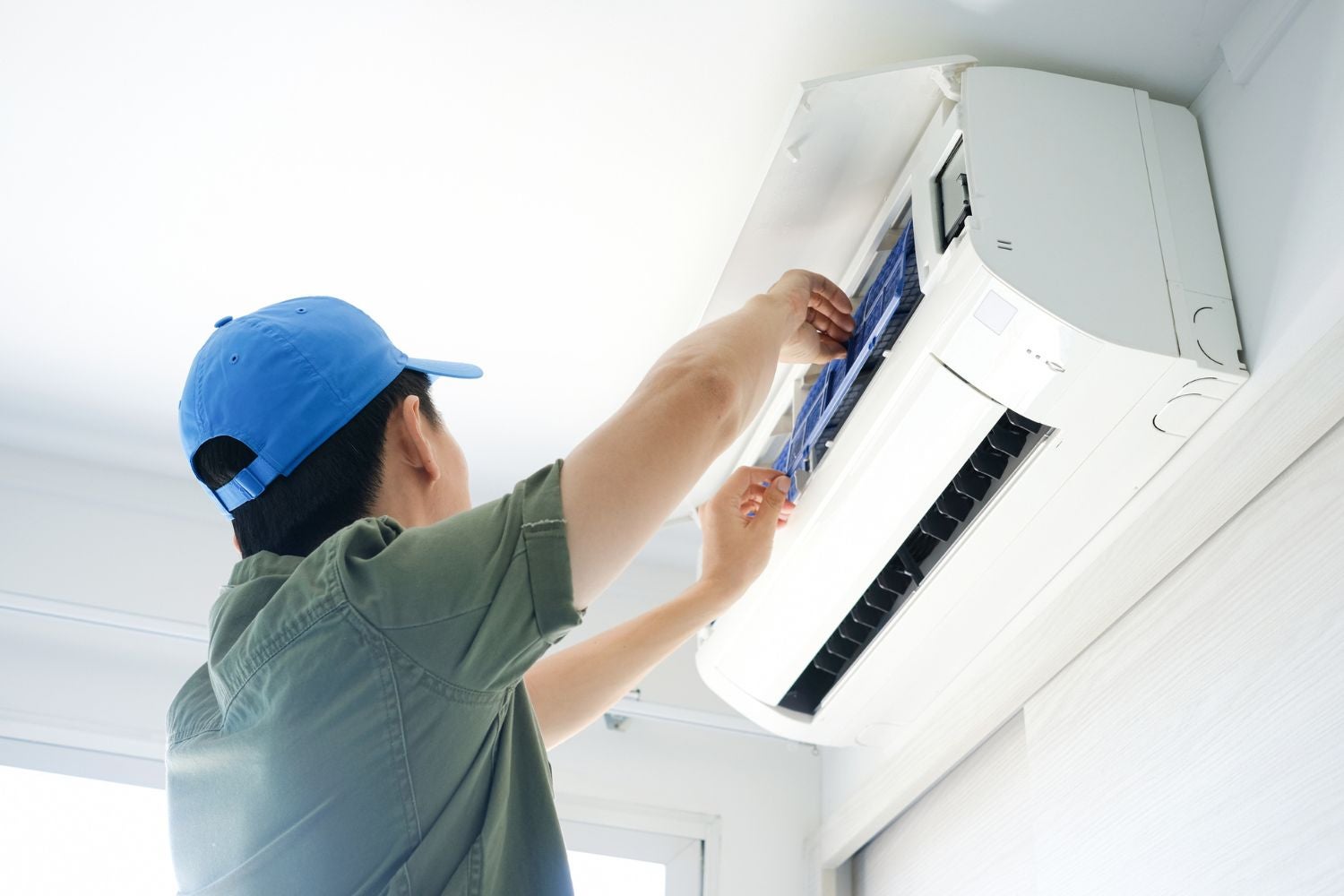
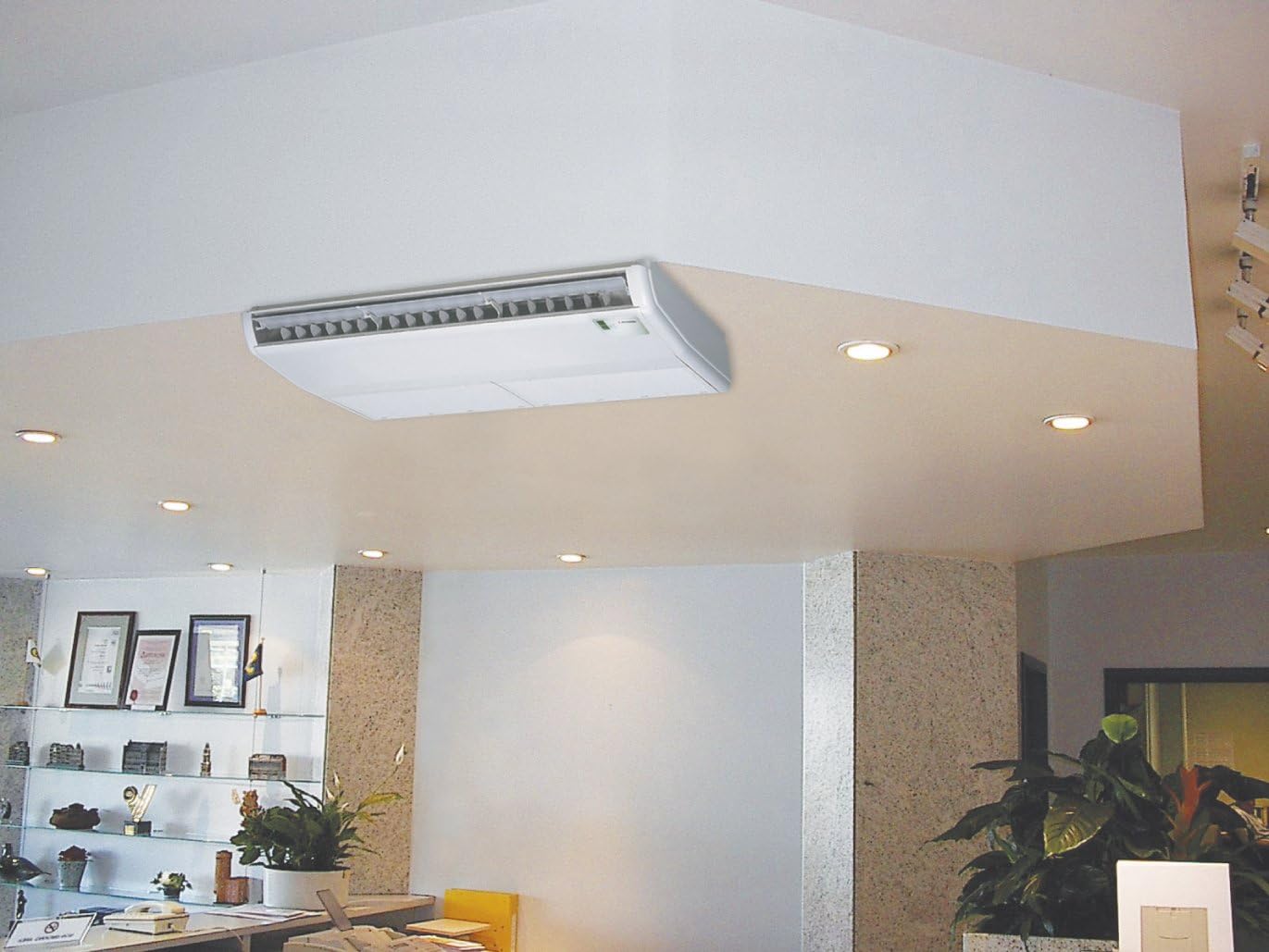
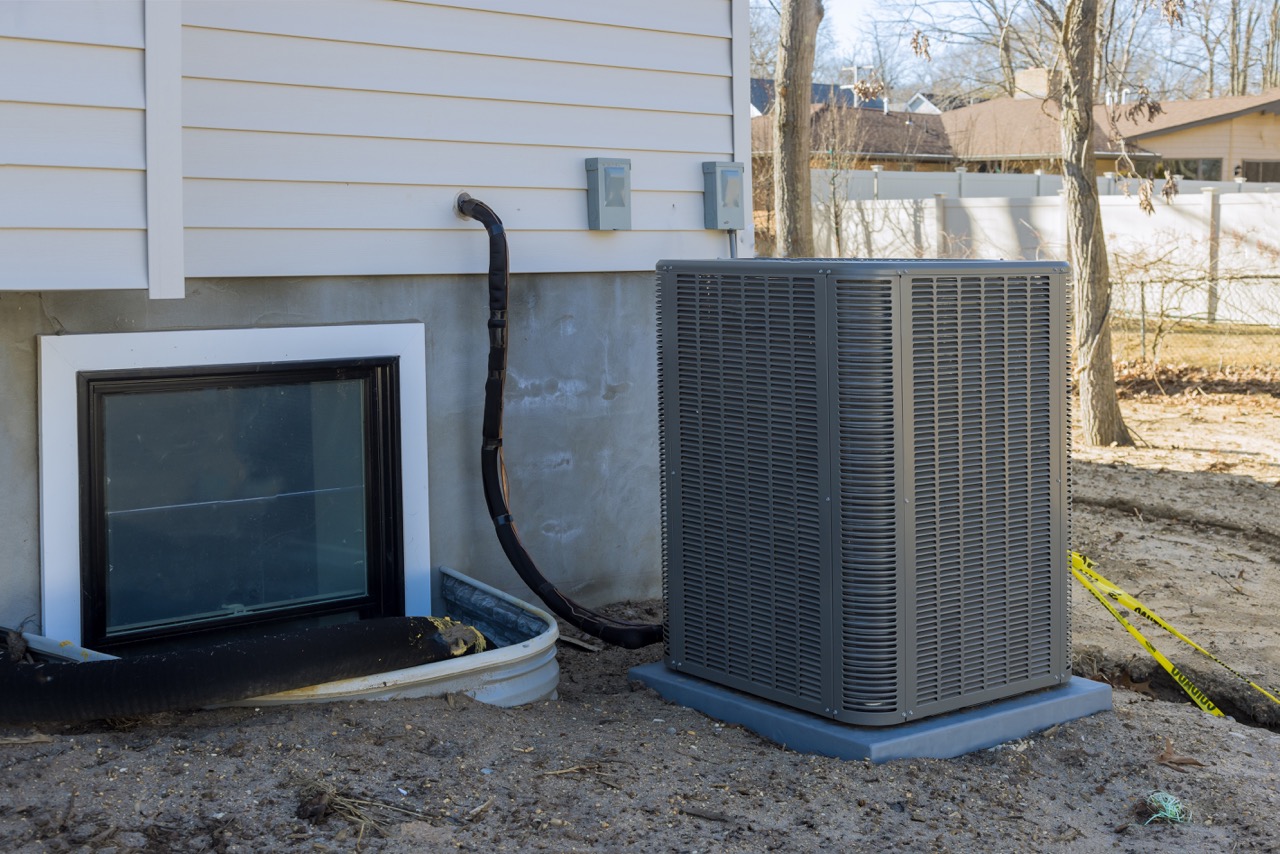
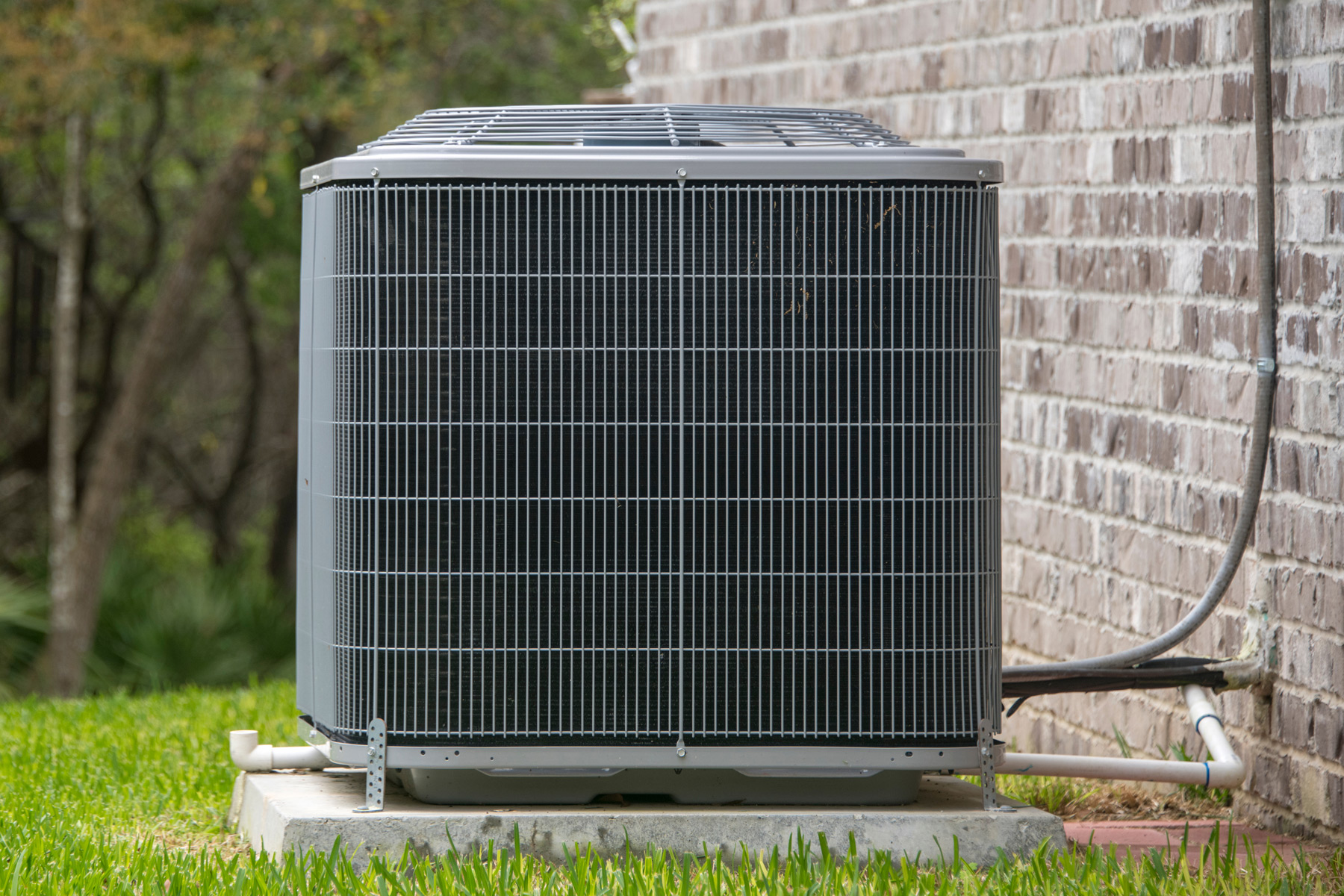
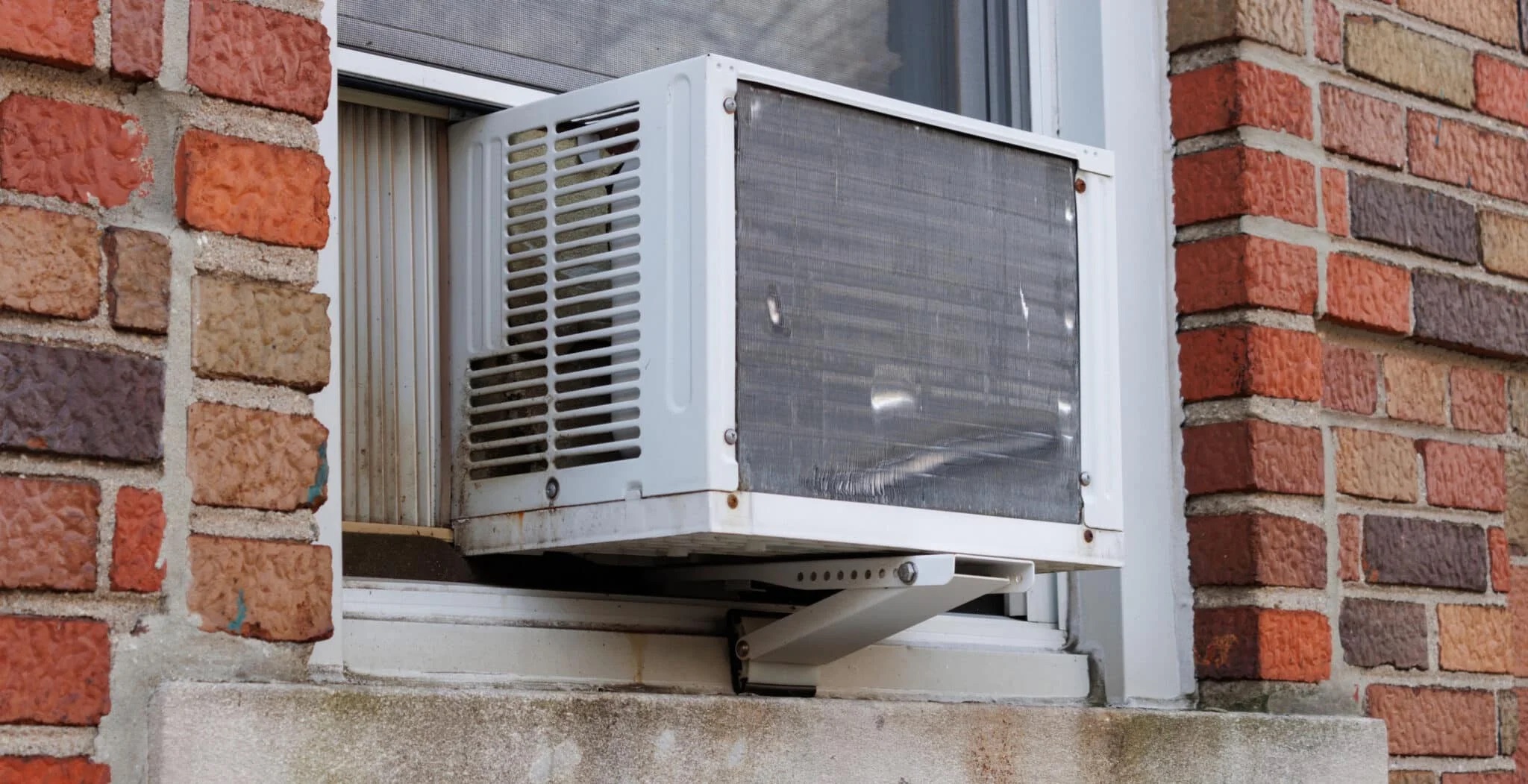

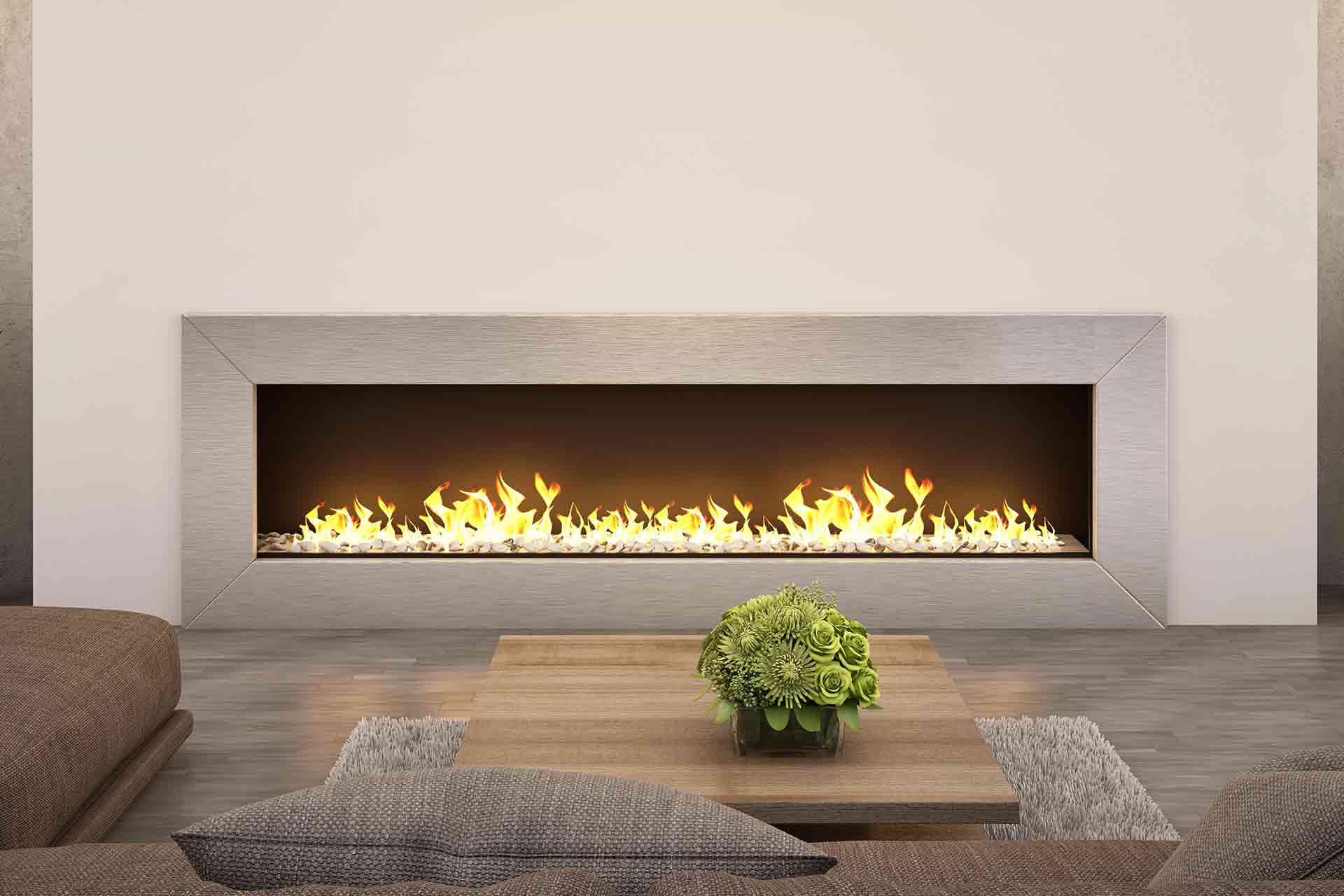
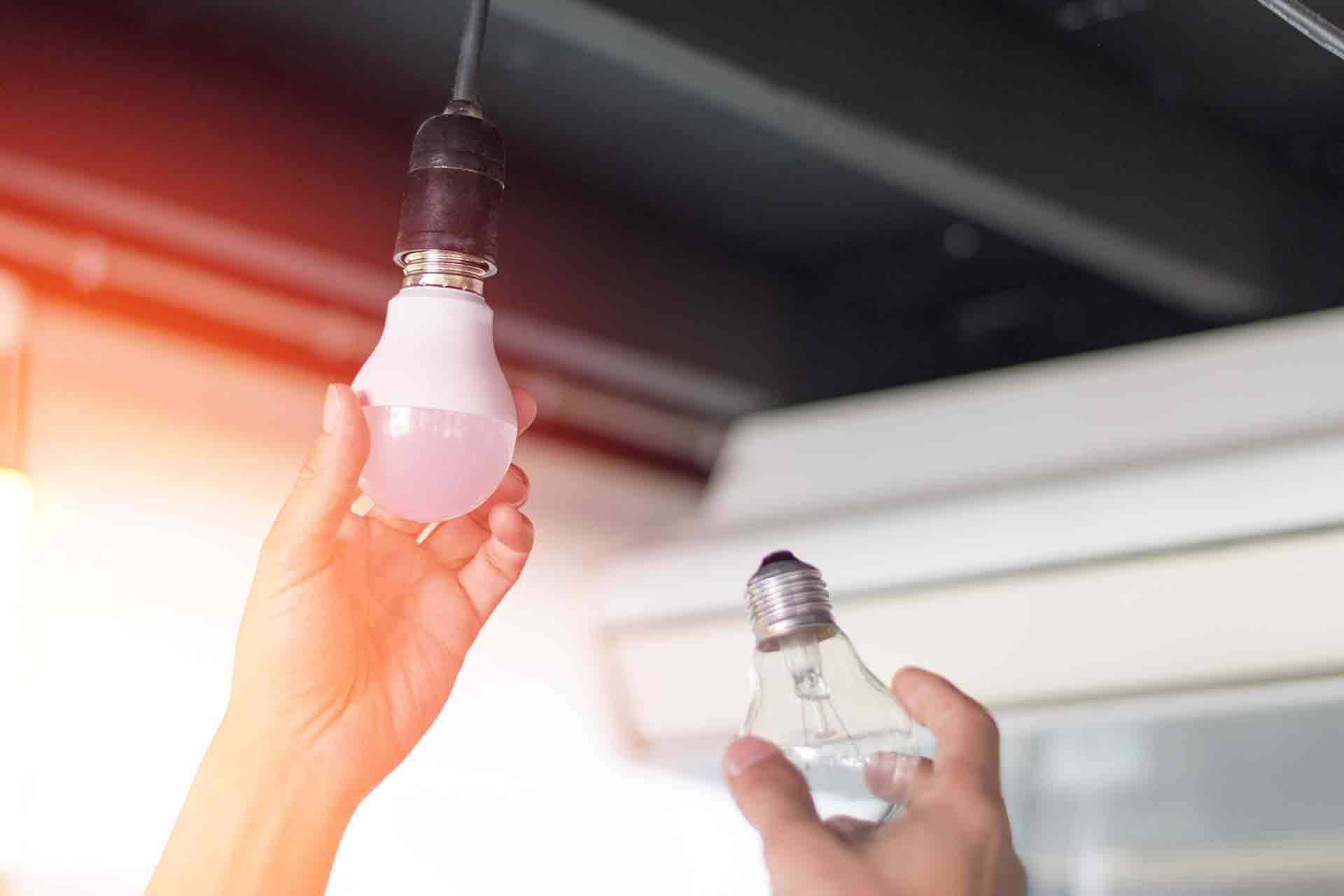
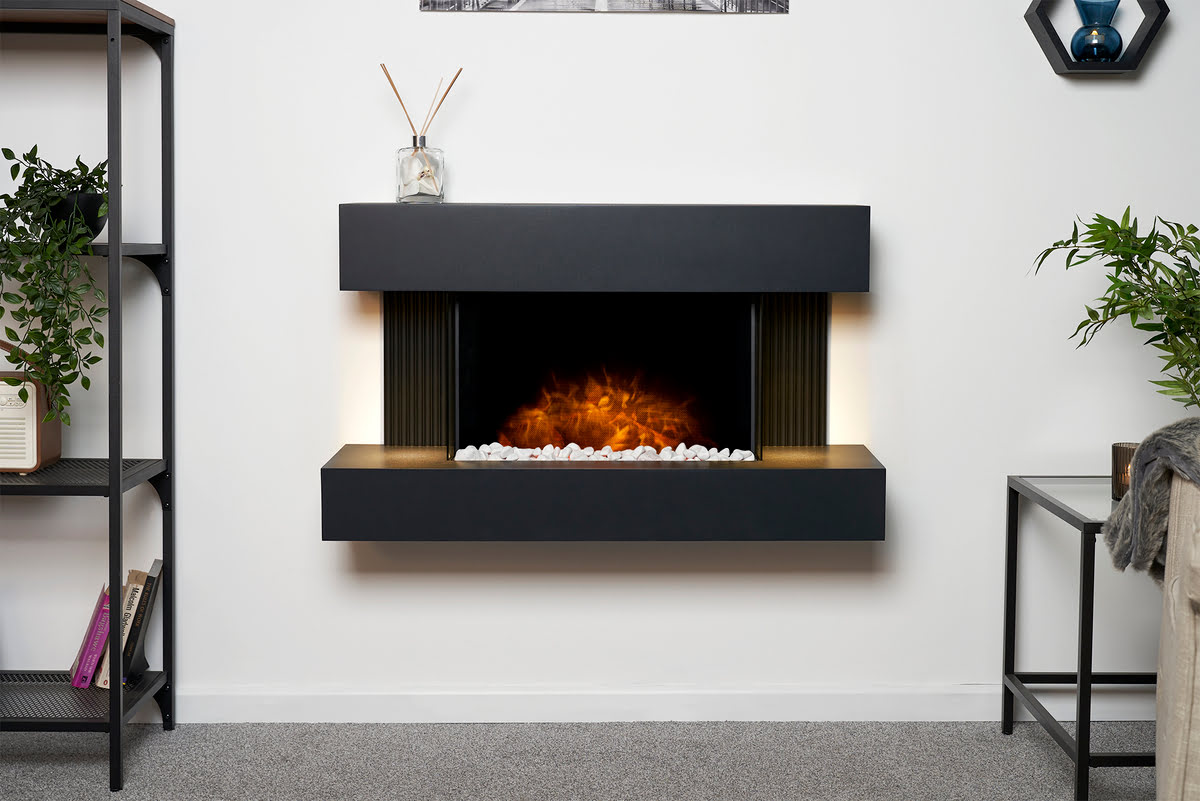
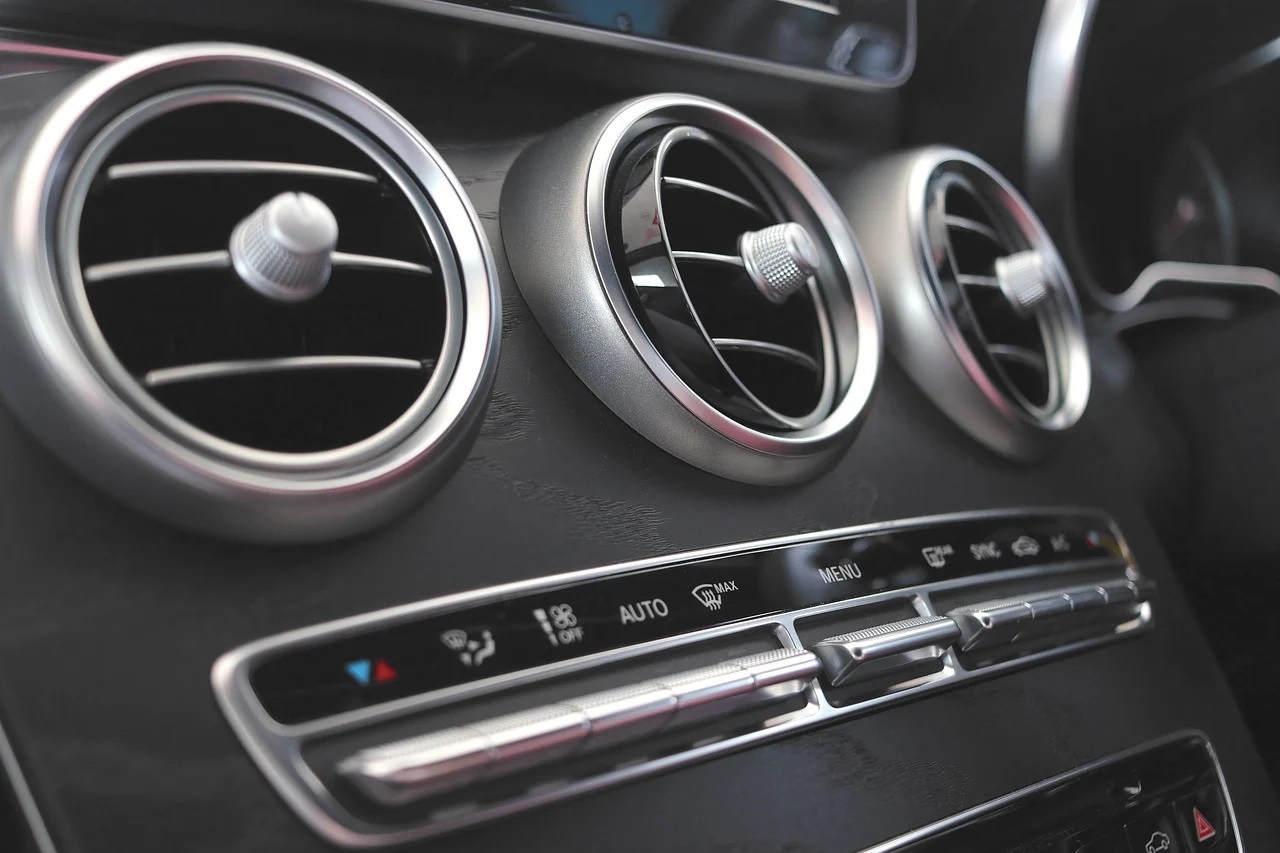
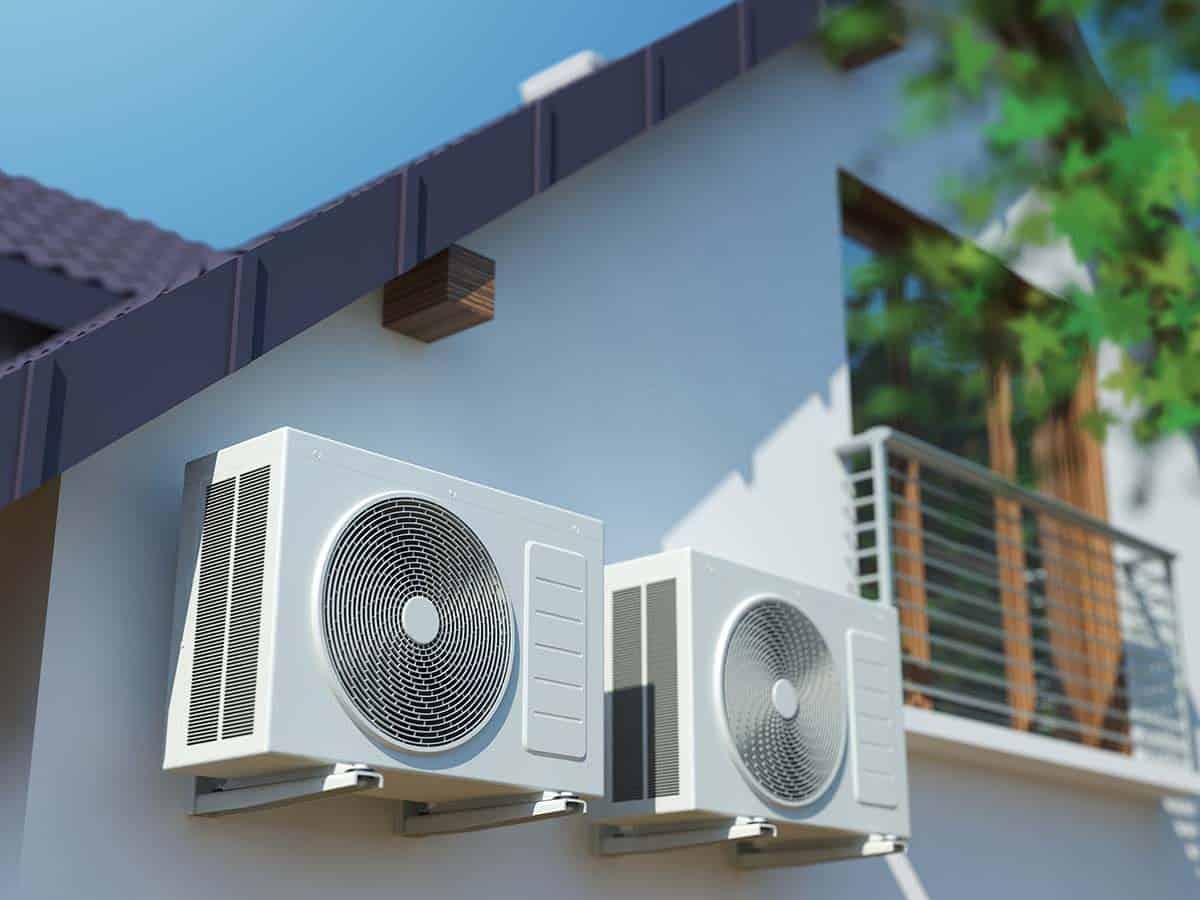
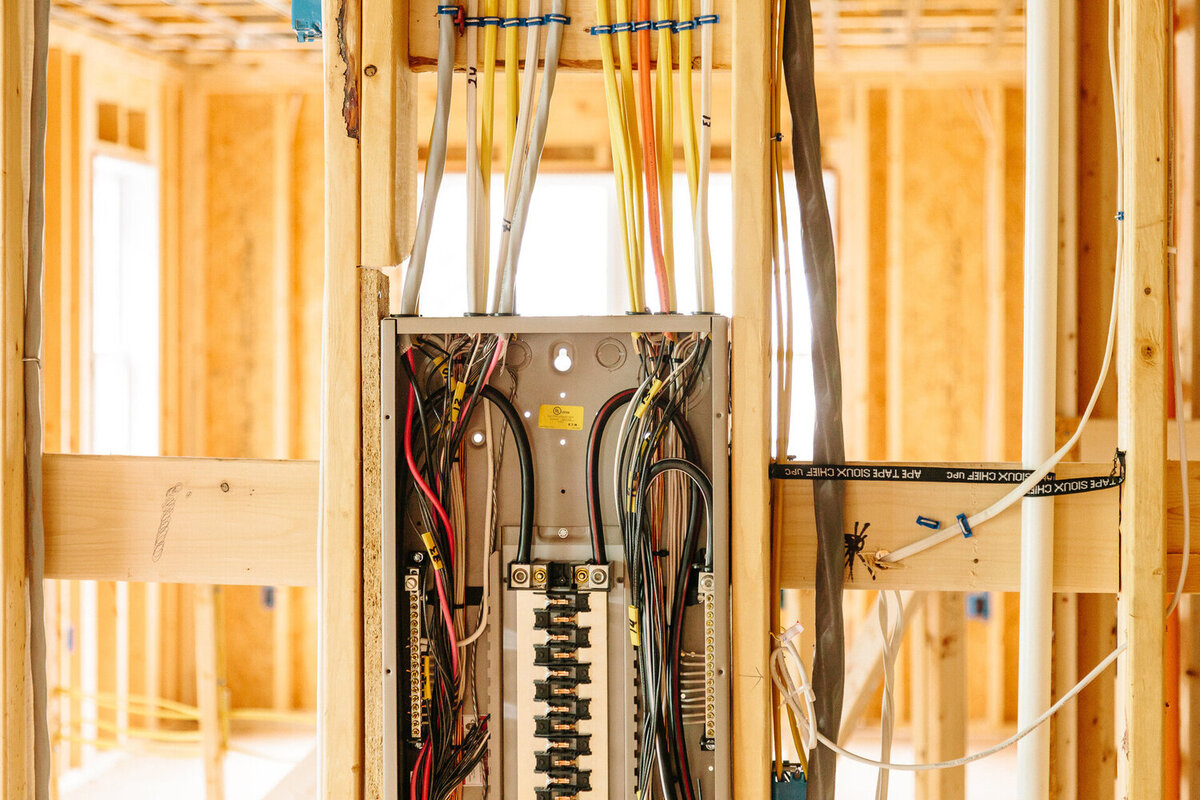
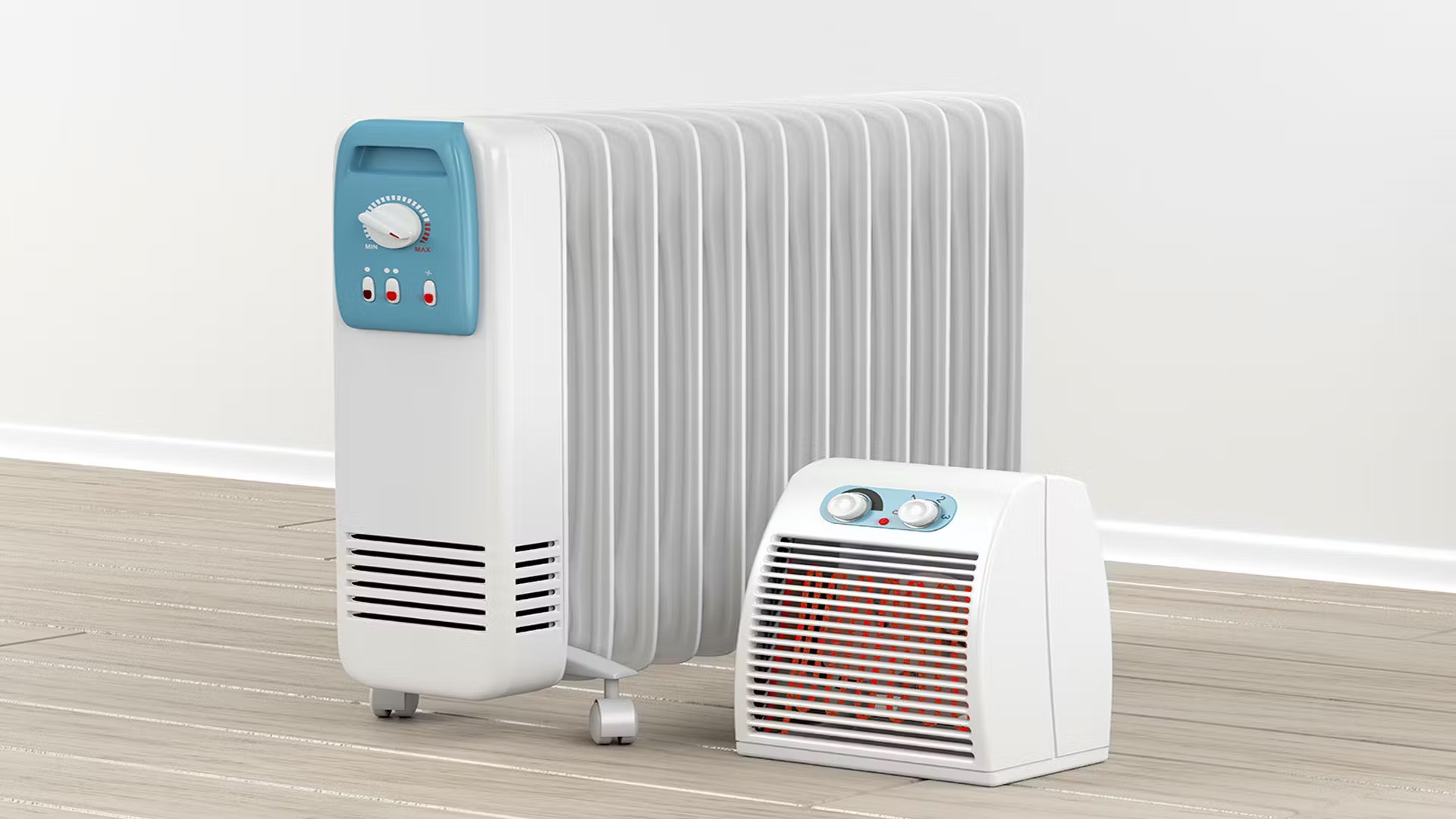

0 thoughts on “How Much Does An AC Cost To Run”